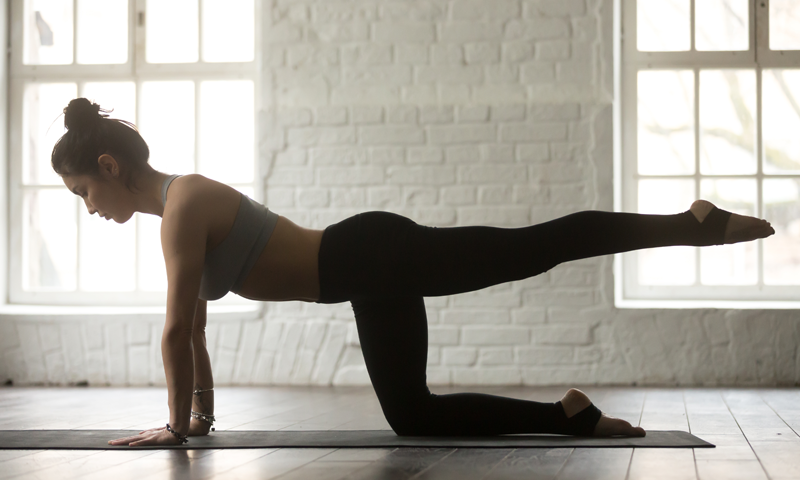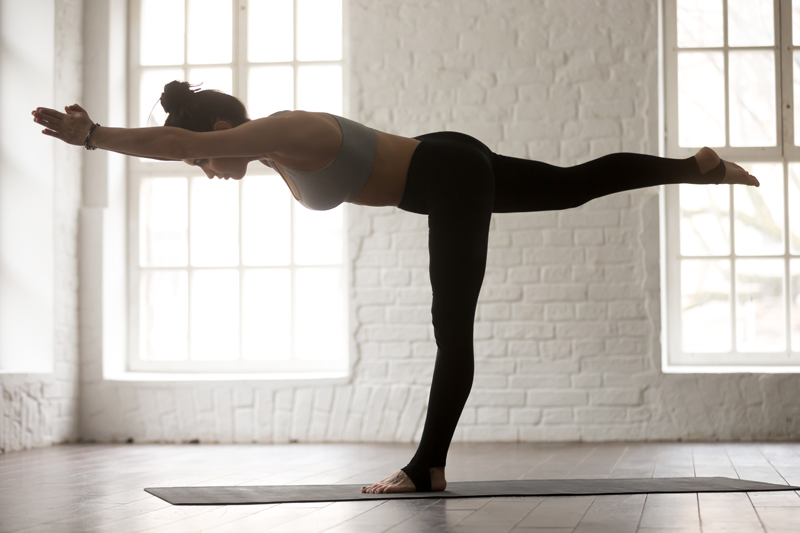
Everything You Need to Know About Asanas
February 9, 2018
Beginner’s Guide to Common Yoga Chants and Mantras
February 23, 2018Pranayamas for Yoga Beginners

Best described as the breathing exercises practiced within yoga, Pranayama’s are designed to cleanse and relax the body and mind. Working to clear the body of physical and emotional obstacles, the exercises free the flow of life energy, which referred to as ‘Prana’ in traditional Sanskrit. In modern life, it doesn’t take long for stress to build up in the body. Over time, these stresses can create energetic obstacles that cause our breathing to become shallow. Ultimately, these obstacles begin to restrict the flow of prana.
Cleansing the body of the aforementioned obstacles, pranayamas allow prana to flow smoothly throughout the body. Free flowing energy is thought to promote relaxation and healing, in addition to rebalancing the emotional body; with this in mind, it’s no surprise that pranayama’s remain a vital a part of modern yoga practice. In this article, we explore pranayamas in more detail. Before beginning, it’s worth picking up some comfortable yoga clothes to wear whilst you practice.
Effects and Benefits
Regular pranayama practice can have a range of positive effects on the body. Physically, the exercises work to strengthen the respiratory organs. Ideal for those suffering from asthma, pranayama’s help to regulate our breathing and strengthen the lungs. Certain exercises can also be used to stimulate the parasympathetic system. Stimulation of this area can counteract the negative effects of the Fight or Flight response.
Emotionally, certain pranayamas can relieve symptoms of stress and anxiety, as well as helping to combat insomnia. With this in mind, restorative pranayamas are ideal to practice before heading off to bed. Other exercises work to energize the body and mind, making them popular to practice before a busy day at the office. Our breathing patterns vary depending on our emotional state; for instance, if we are feeling sad we breathe in a different way to when we are happy. This close link between our emotions and breathing pattern makes it possible to alter our emotional state through breathing exercises.
Tips for Beginners
Breathe Through Your Diaphragm
When we are feeling relaxed, we tend to breathe through our diaphragm. When practicing restorative pranayamas, breathing from this area can stimulate a feeling of relaxation. For beginners, the easiest way to breathe through the diaphragm is to puff out your stomach with each inhale, and bring it back in as you release the breath.
Keep Your Breathing Consistent
It’s important to keep your breathing consistent when practicing pranayamas – unless the exercise specifies not to. Keeping each breath similar in length, depth, and force ensures that your state of relaxation is not interrupted.
Lengthen Your Exhale
When we are stressed, our exhalations often become short and sharp. When we are relaxed, they tend to be released completely, often making them longer than the inhalations. To create a sense of relaxation, we can mimic this breathing pattern and keep our exhalations as long as possible.
Pause After Each Exhale
When we are relaxed, we tend to end each exhalation with a short pause. Placing emphasis on this pause during pranayamas will promote feelings of relaxation and stillness.

Simple Pranayamas
Ujjayi Breathing
One of the most popular pranayamas is an exercise known as ‘Ujjayi Breathing’. Often used alongside physical postures in yoga, this pranayama is ideal for calming the mind during times of stress.
To practice Ujjayi Breathing, start by inhaling deeply; as you do so, drag the air along the back of your throat to create a gentle hissing sound. This action should create a cooling sensation in the back of your throat, almost like you are sipping a drink through a straw. As you exhale, gently breath out through your nose. For best results, try to keep the length, depth, and force of your breathing consistent. This exercise should be repeated for a few minutes, remembering to breathe through the diaphragm.
Kapalabhati Breathing
Working to energize the mind instead of relaxing it, Kapalabhati Breathing is perfect to use during a busy day at work. While this exercise can be practiced by anyone, it is especially popular amongst those suffering from fatigue.
To practice Kapalabhati Breathing, sit tall with a straight back. Next, raise both arms above your head and inhale through your nose. When you are ready to exhale, release the breath in small spurts whilst tensing the abdominal muscles. Each time you engage your stomach, forcefully release a small amount of air. Continue this breathing pattern until all the air has been released, then inhale and begin the process again.
Dirga Breathing
Another restorative pranayama, Dirga Breathing promotes a sense of relaxation. Ideal for those suffering from stress and anxiety, this exercise helps to soothe the muscles and calm the mind.
To practice Dirga Breathing, begin by placing one hand on your chest and the other on your stomach. When you’re ready, gently inhale. As you do so, take the air into your chest first, then into your upper abdomen, and then finally into your stomach. When you’re ready to release the breath, slowly exhale in the opposite order; breathe out from your stomach, then your abdomen, and then finally your chest.
In Summary
Whether you’re a yoga novice or an experienced practitioner, practicing pranayamas regularly can have a range of positive effects on the body and mind. If you’re having trouble mastering the techniques, consider attending a local class; here, an experienced instructor will be able to guide and advise you. Before attending a local class, consider picking up a lightweight yoga top to practice in. The breathable material will allow the body to oxygenate sufficiently, ensuring that you get the most from each exercise.

